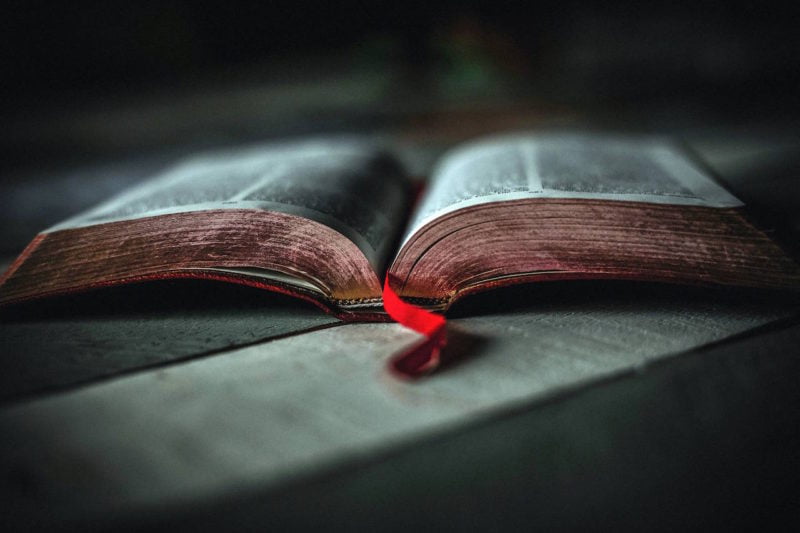A “page-turner book” is a work that compels continued reading through sustained momentum and narrative urgency. The expression refers to the physical act of turning the page, a gesture that becomes automatic when engagement is high. What distinguishes such works is not only their plots but the precision with which narrative structure, pacing, and character motivation converge to sustain attention.
Definition and Scope
The Broader Category of “Page-Turning Books”
Page-turning books form a category across genres, e.g., thrillers, historical fiction, romance, and speculative fiction, where pacing and suspense supersede elaborate exposition. These works share a structural intent: to maintain the reader’s anticipation through constant narrative development.
The Colloquial Use of Page-Turner
In common usage, a page-turner functions as shorthand for books that sustain interest through tension or curiosity. The term is widely used in publishing and criticism to describe commercial novels whose readability derives from tight plotting and emotional immediacy.
Essential Characteristics of a Page-Turner Book
- High stakes and escalating tension: Studies of narrative craft note that successful page-turners create visible risk early in the story. Characters face consequences that feel immediate and significant, whether moral, psychological, or physical. The sense of jeopardy amplifies the reader’s investment and produces the compulsion to discover the outcome.
- Structural momentum: Page-turning novels rely on chapters that conclude with partial resolution or renewed uncertainty. Each transition renews reader curiosity rather than providing closure to that portion of the story. This pattern of deferred resolution should produce a rhythm that sustains the reading pace without appearing manipulative.
- Economical pacing and purposeful detail: Economy of language is essential. Prose that lingers without narrative gain interrupts the reading flow. Page-turners employ concision: every description should advance the plot or heighten mood rather than exist for ornamentation. Many commercial editors identify this balance as a key determinant of readability.
- Psychological engagement through character design: Readers remain invested when character motivation aligns with the central conflict. In many page-turning books, protagonists are defined not by complexity of interiority but by clarity of desire and constraint. The degree to which these forces collide determines the story’s momentum.
- Unpredictability and revelation: The controlled release of information is another hallmark. Suspense operates through calibrated uncertainty: the reader knows enough to anticipate but not enough to predict. Each revelation must feel both surprising and inevitable, thereby maintaining a cycle of curiosity and resolution.
Reader Response and Behavioral Indicators
- Sustained engagement: Readers frequently describe the experience of a page-turner as involuntary continuation. The narrative produces psychological arousal (often through cliffhangers or rapid alternation of tension and relief) that overrides external interruptions.
- The “one more chapter” impulse: Empirical studies of reading behavior have observed that serialized television and page-turning fiction elicit similar reward mechanisms. Each chapter’s partial closure activates the impulse to proceed, which delays cognitive rest and extends reading duration.
- The absence of fatigue: When structural pacing is well managed, cognitive load remains low even as narrative intensity increases. This produces the sensation of effortless progress, one of the defining traits of a page-turner book.
Illustrative Examples
- Ernest Cline’s Ready Player One (2011) is frequently cited as a modern page-turner for its rapid sequence of puzzles, escalating competition, and nostalgic framing. Reviewers have noted that its design encourages uninterrupted reading through constant plot advancement.
- Gillian Flynn’s Gone Girl (2012) demonstrates a more intricate model: alternating narrators, unreliable perspectives, and a pattern of reversal sustain suspense across an extended narrative.
- Classic works can also function as page-turners. Henry James’s The Turn of the Screw (1898) maintains tension through ambiguity and psychological compression, showing that stylistic density can coexist with narrative drive.
Crafting the Page-Turner Effect
For authors, creating a page-turning book involves deliberate management of information and rhythm. Contemporary writing manuals, including The Anatomy of Story by John Truby (2007) and Story Engineering by Larry Brooks (2011), outline similar techniques: an inciting incident within the early pages, escalation at regular intervals, and a central question that narrows toward resolution. Revision focuses on eliminating digressions that do not alter the narrative trajectory.
Editors often emphasize pacing during line and structural edits, adjusting chapter breaks, shortening transitions, and clarifying stakes. The process is mechanical rather than intuitive, yet the effect (continuous engagement) feels natural to the reader. A page-turner book can often be identified by several observable features, most of which relate to its structure and pacing.
The way a page-turner is formatted is also crucial. Chapters often end with a significant shift—even the prose supports this momentum; while descriptive elements are present to build atmosphere, they never halt the forward motion of the story. These criteria aren’t rigid rules for authors to follow, but rather they serve as diagnostic indicators. Their consistent presence signals a book structurally oriented toward achieving and sustaining intense reader engagement.
Further Reading
Are you a page-turner or a page-hugger? by Edan Lepucki, The Guardian
13 of the best page-turners from the Booker Library by Eric Karl Anderson, The Booker Prizes
What is the best ‘page turner’ book you’ve read, and in what genre? on Quora
Give me your best page turners, books that immediately hooked you and reeled you in. on Reddit




